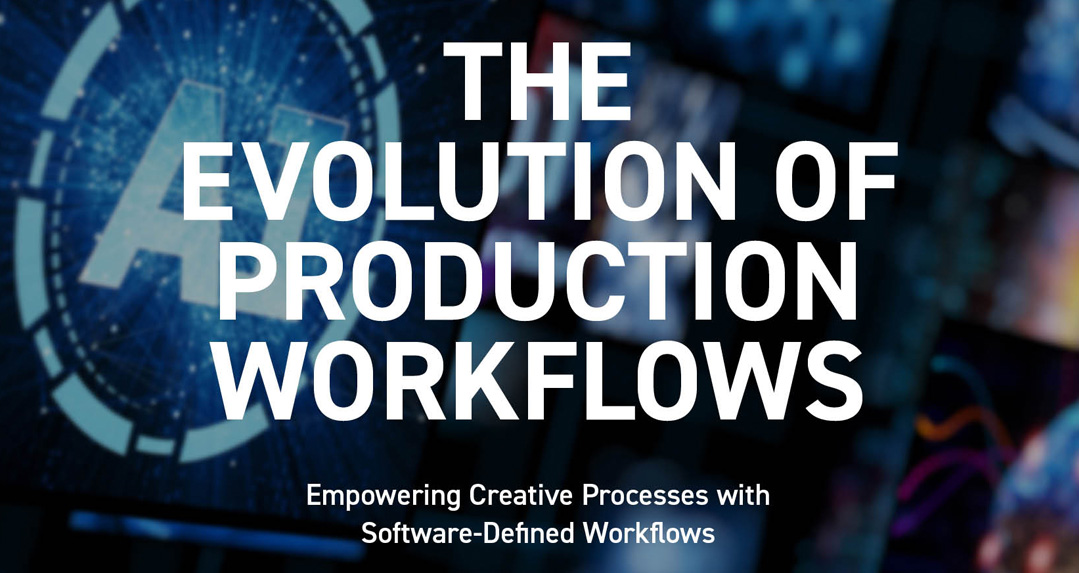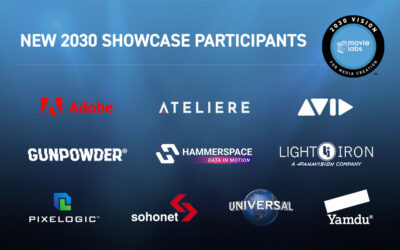So what the heck is a software-defined workflow?
If you’ve read our 2030 Vision Paper, you’ll have noticed the term “Software-Defined Workflow”. We dedicated three for our ten Principles to this core idea:
- Individual media elements are referenced, accessed, tracked, and interrelated using a universal linking system.
- Media workflows are non-destructive and dynamically created using common interfaces, underlying data formats and metadata.
- Workflows are designed around real-time iteration and feedback.
When we talk about workflows in the creative process, we’re talking about the complex interaction of all the things that must be done (tasks), all the assets consumed and produced by those tasks, and the people who make this happen (participants). This includes computer-oriented processing as well as the many human processes with both digital and non-digital things involved in the creative process.
Putting these elements together in ways that can be easily assembled, managed, extended, modified and secured by production teams is what we’re seeking. These software-defined workflows will help creatives and production technologists to be nimbler with their resources and stop wasting so much time finding and reorganizing files, correcting miscommunications between systems and tools, and managing remote teams working on the tasks.
Right now it works. But it could work better.
Workflows are created for specific shows or productions, and sometimes modified on the fly. This is a time consuming, expensive and somewhat risky prospect. In fact so risky that many workflows are not changed once a production starts for fear of introducing ripple effect changes which are unpredictable in nature.
What if creatives could describe what they want and have all the pieces fall into place? Where the parts of a workflow can be ‘plug and play’ with elements that can be easily interchanged without causing unintended consequences. That’s a software-defined workflow.
A little formalism goes a long way.
The plumbing of production workflows relies on a finite set of methods, terminologies, and models. If we as an industry can turn a bit of messy plumbing into just a few more precisely defined taxonomies, ontologies, and controlled vocabularies, we can take huge steps forward in eliminating some of the drudgery that afflicts our creatives and production teams.
It will enable new industry-shared structural components that let us build workflow pipelines on the fly for every production and do it faster and better than we can today. Imagine what the talent of our industry can accomplish if we unshackle them from having to reinvent their own plumbing for every new production.
That’s our vision for software-defined workflows.
To learn more and help make it happen, read the paper and get involved.
#MovieLabs2030, #ML2030Workflows, #ML2030SDW




